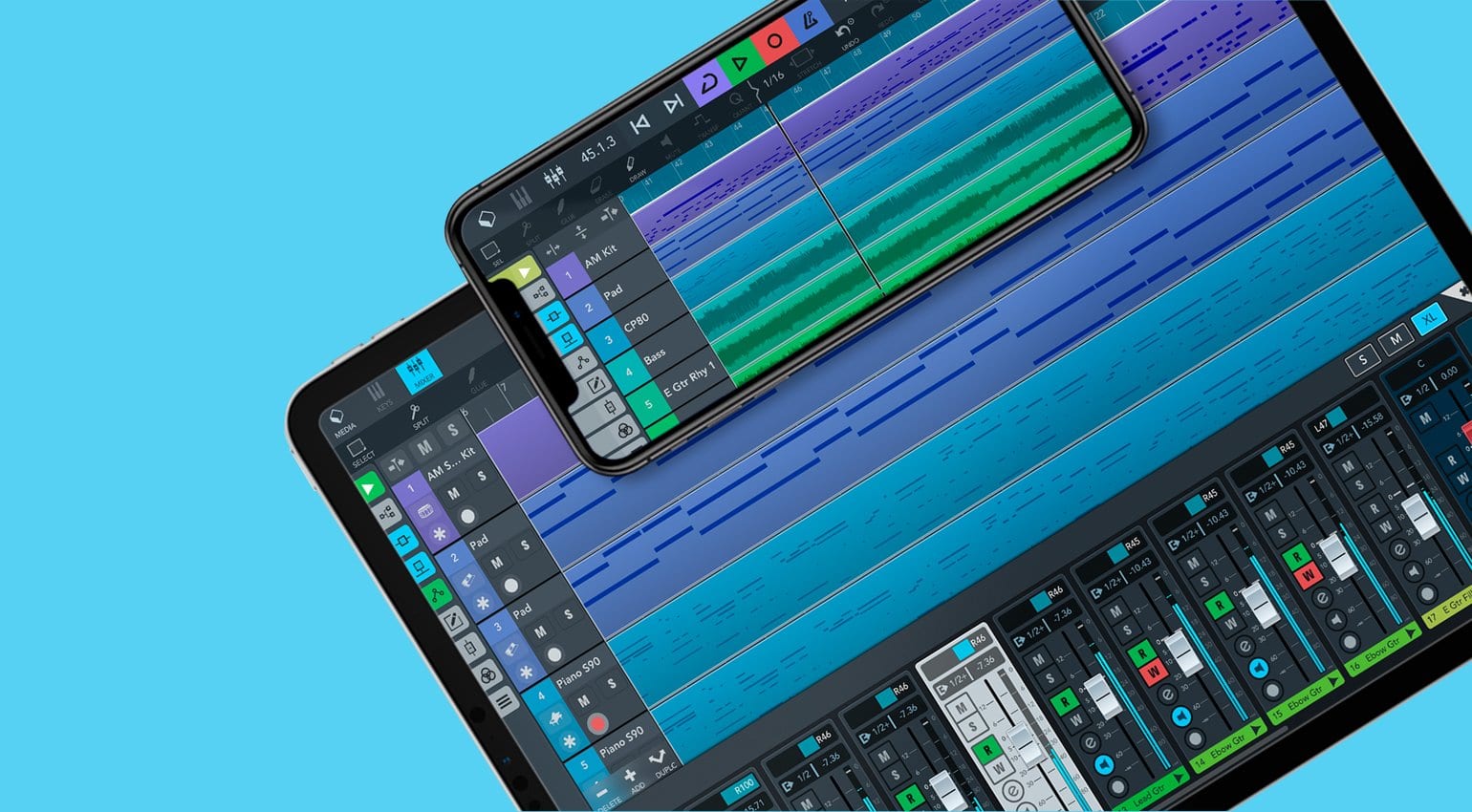
It allows you to control level, pan, solo/mute status, etc. The MixConsole provides a common environment for producing mixes in stereo. There are two types of markers: position markers and cycle markers. Markers are used to locate certain positions quickly. This way, you do not need to move, copy, and paste events in the Project window. Using an arranger track allows you to specify how and when specific sections are played back, even in live performances. The arranger functions in Cubase allow you to work in a non-linear fashion. Quantizing is designed to correct errors, but you can also use it in a creative way.įades allow you to gradually increase or decrease the volume at the start or end of audio events or audio clips, and to create smooth transitions.

Quantizing means moving recorded audio or MIDI and positioning it on the nearest grid position that is musically relevant. You can add audio and MIDI files to your project by importing them. In Cubase, you can record audio and MIDI. This is useful if you have no external MIDI instrument at hand and you do not want to draw in notes with the Draw tool. The On-Screen Keyboard allows you to play and record MIDI notes by using your computer keyboard or mouse. You can also work with selection ranges, which are independent from the event/part and track boundaries.Ĭubase offers multiple methods and functions to control playback and transport. Parts and events are the basic building blocks in Cubase.Įditing in the Project window is not restricted to handling whole events and parts. In Cubase, events and parts are placed on tracks. Tracks are the building blocks of your project. Each track is assigned to a particular channel strip in the MixConsole. Tracks are listed from top to bottom in the track list and extend horizontally across the Project window. They allow you to import, add, record, and edit parts and events. You must create and set up a project to work with the program. In Cubase, projects are the central documents. The Project window provides an overview of the project, and allows you to navigate and perform large scale editing. To play back and record in Cubase, you must set up input and output busses in the Audio Connections window. When using Cubase with external tape transports, you most likely must add a synchronizer to your system. You must set up your MIDI equipment before you can use it in Cubase. You must set up your audio equipment before you can use it in Cubase. The Studio Setup dialog allows you to set up your connected audio, MIDI, and remote control devices.

To use Cubase, you must set up your audio, and if required, your MIDI system. Here you will find detailed information about all the features and functions in the program.
CUBASE 4 STUDIO MANUAL MANUAL
This is the Operation Manual for Steinberg’s Cubase. Last but not least we redid practically every library which could benefit from Snapshots.The following list informs you about the most important improvements in Cubase and provides links to the corresponding descriptions. This way you can record a melody without Cubase switching back to the Long articulation. Thanks again for everybody who brought a little gremlin to our attention.Īll expression maps feature an empty first slot now.

There were also a lot of little enhancements and bug fixes, Many libraries have received addition (such as Sine player libraries support variation switching now), or were updated. Support for 86 additional sample libraries bringing the total to staggering count of 605. Babylonwaves Art Conductor 8 is a collection of over 9000 professionally build articulation switching templates available for Logic, Cubase and Cakewalk.


 0 kommentar(er)
0 kommentar(er)
